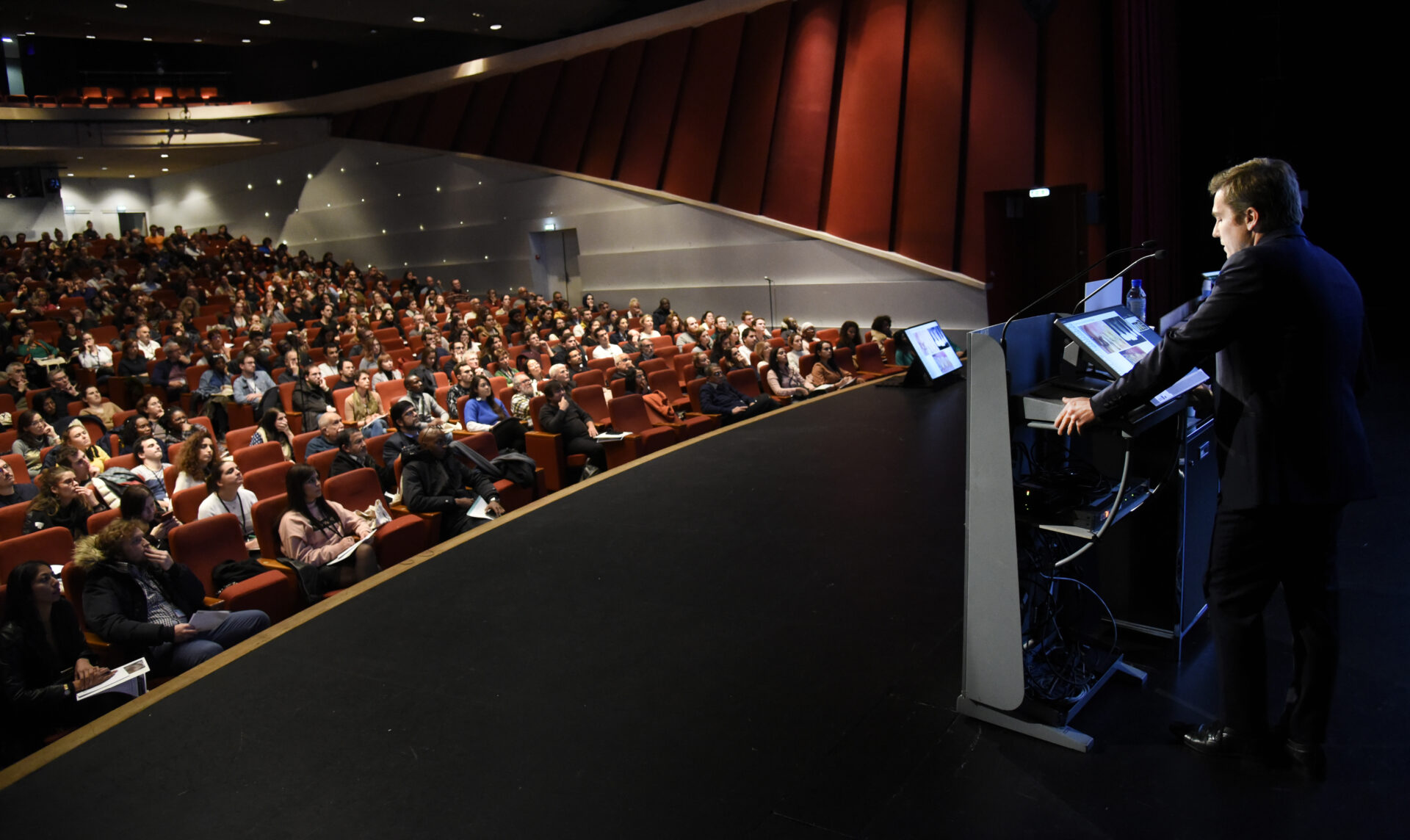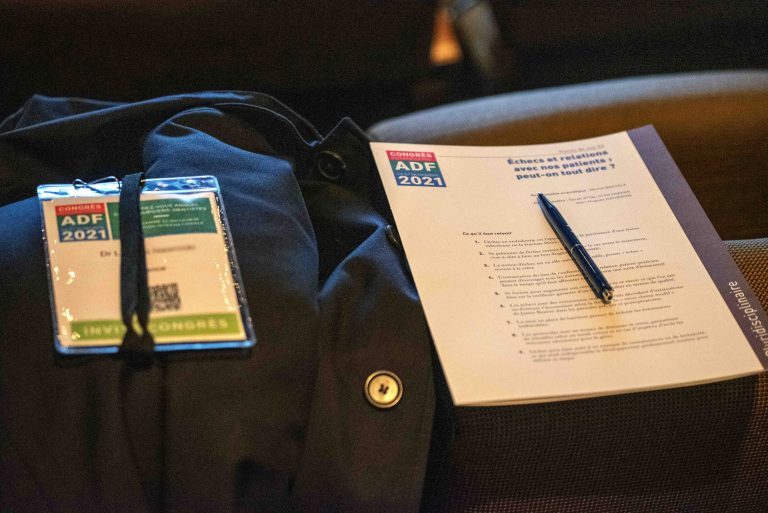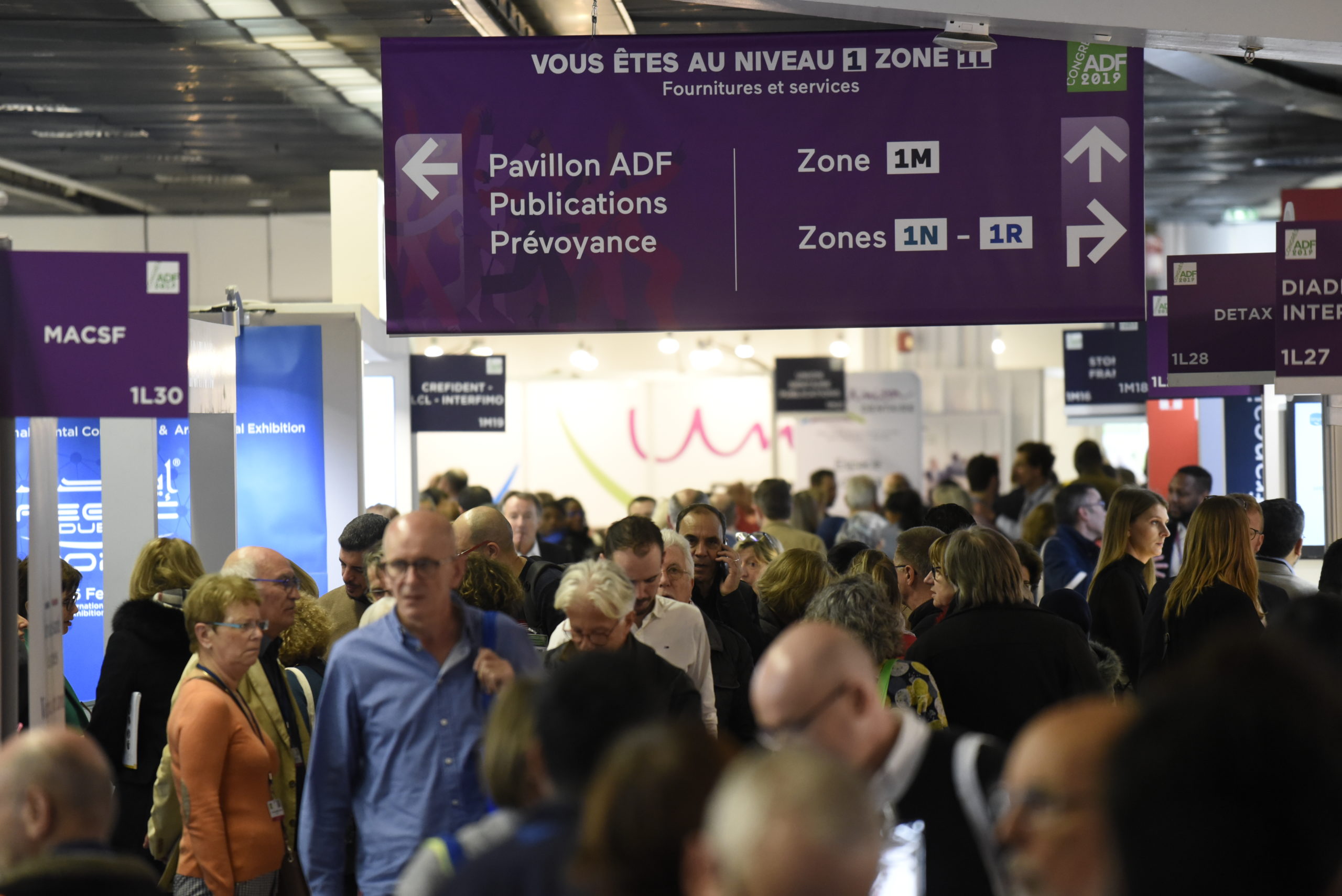
Tuesday 25 November
Session coordinator: Alexandre Demetriou
Speaker: Nicola Maria Grande (Italy)
Learning objectives
- Understand the clinical impact of MIE on tissue preservation
- Optimise disinfection despite a reduced access cavity
- Adapt planning for effective implementation in the practice.
Over the last decade, the concept of minimally invasive endodontics (MIE), applicable to every phase of endodontic treatment, from preparation of the access cavity to post-endodontic restoration, aims to preserve the strength of the tooth and has gradually become established in our discipline. Its aim is to maximise the preservation of tooth structure while guaranteeing the success of the treatment, in order to ensure the longevity of the tooth on the arch. However, MIE must be based on a balance between clinical necessity and tissue preservation, by adapting the access cavity, shaping and disinfection to intra-operative requirements. This approach requires specific skills and progressive learning. This conference will provide practitioners with concrete keys to integrating these new approaches into their practice tomorrow.
Wednesday 26 November
IFRO* session
Session coordinator: Jacques-Olivier Pers
Speakers:
Mariano Sanz
A scientific approach to understanding the causes and management of peri-implantitis
Mathilde Fenelon
Development of a multi-layer composite amniotic membrane by 3D printing for bone regeneration
Raphaël Richert
Innovative AI approaches for the early detection of dental wear
Maxime Bedez
Mandibular transcriptome in a rat model of osteoporosis associated with bone marrow adiposity
Doriane Chacun
Development of a graphical interface for the semi-automated measurement of marginal peri-implant bone levels
Marine-Alexia Lefevre
Awareness of metallic medical devices – SeDiMM
Learning objectives:
- Decode the latest advances in the treatment of peri-implantitis
- Illustrate the expansion of research in dentistry
- Trace innovation from the research laboratory to the patient.
In this session, Mariano Sanz will discuss the latest findings on the aetiology and pathogenesis of peri-implantitis. On the basis of these findings, the most effective methods of decontaminating the implant surface and their importance in the treatment of this disease will be discussed in conjunction with the results of clinical studies.
Secondly, the IFRO 2024 prize-winners will be presented. Mathilde Fénelon will present an innovative membrane for bone regeneration, and Raphaël Richert will present AI approaches for the early detection of tooth wear. Next, Maxime Bedez will discuss a model of osteoporosis, while Doriane Chacun will demonstrate a graphical interface for measuring the level of peri-implant marginal bone. Finally, Marine-Alexia Lefevre will discuss allergies to metallic medical devices.
The session will be punctuated by the presentation of the AAP IFRO 2025 award winner projects and videos from students who won the IFRO/UNECD** awards.
* French institute for dental research
** Dental students’ union
Session coordinator: Stefen Koubi
Speaker: Galip Gurel (Turkey)
Learning objectives:
- Understand the evolution of cosmetic dentistry over the last 30 years
- Understand the advent of digital dentistry
- Understand the evolution of cosmetic dentistry towards robotics
This plan can be produced using analogue or digital techniques. The next crucial step is to prepare the teeth as little as possible, because preserving healthy enamel is the key to long-term success and healthy tooth structure. The ideal approach is to prepare the tooth using a solid reference: the final model (APT), which represents the final aesthetic and functional design.
To date, analogue preparation techniques have been widely discussed and applied.
This conference will cover different approaches to creating a new smile, all the minimally invasive dental preparation techniques, particularly for the anterior and posterior areas, as well as the digital creation of the final preparation model and its execution using a fully automated dental robot. It will also cover the entire new workflow thanks to the system’s exceptional precision, which will enable the dentist to complete the entire procedure thanks to an “all-in-one” concept.
Thursday 27 November
Session coordinator: Gauthier Cazals
Speaker: Anna Colonna (Italy)
Learning objectives:
- Discover bruxism as a spectrum of behaviours and experiences
- Understand the multifactorial aetiology of bruxism
- Know how to assess and manage bruxism using a conservative approach.
Practitioners are confronted with bruxism and its many clinical implications on a daily basis. Yet dentists’ practices are evolving much more slowly than science on this subject. Bruxism is now a generic term not limited to the act of grinding teeth, with a multifactorial aetiology, numerous clinical manifestations, potential consequences and interactions with possible co-morbidities (such as gastro-oesophageal reflux, sleep apnoea or temporomandibular dysfunction). Furthermore, awake bruxism differs greatly from sleep bruxism, which has an impact on diagnosis and treatment. Today’s practitioners can no longer do without clear knowledge on the subject.
This conference will provide an opportunity to expand your knowledge of bruxism with the help of practical case studies. The most recent innovations in both the clinical and research fields will be presented.
Session coordinator: David Nisand
Speaker: Ventseslav Stankov (Bulgaria)
Learning objectives:
- Understand the anatomo-physiological particularities of the papilla
- Understand the preservation of papillae during an implant project
- Understand the reconstruction of peri-implant papillae.
There can be no aesthetic result in implantology without the presence of peri-implant papillae with a suitable shape and position. It is therefore essential, when these are present, to implement surgical strategies and techniques designed to preserve them throughout the treatment. These will be clearly explained during the extraction and implant placement phases.
There are also many situations where the peri-implant papillae are absent, either in the case of old edentulous teeth or in the context of periodontal disease. In these cases, it is advisable to plan treatments and specific surgical techniques to restore the peri-implant papillae. These strategies will also be shared through a number of clinical cases.
Session coordinator: Tatiana Roman
Speaker: Duygu Karasan (Geneva – Switzerland)
Learning objectives:
- Identify the clinical indications for different types of zirconia
- Handle zirconia appropriately
- Manage mechanical complications
The development of zirconia’s mechanical and aesthetic properties, combined with its biocompatibility, has established it as an essential material with multiple indications for both tooth- and implant-supported rehabilitations. The enthusiasm shared by all stakeholders in the prosthetic workflow—manufacturers, laboratories, and clinicians—has even given rise to a phenomenon often referred to as “zircomania,” particularly concerning monolithic posterior restorations.
From a functional perspective, however, it remains essential that each clinician retains the autonomy to select the material most appropriate for the clinical scenario. This requires a thorough understanding of zirconia’s mechanical properties, clear identification of its indications, contraindications, and limitations, and strict adherence to protocols for bonding, adjustment, polishing, and the management of potential mechanical complications.
Friday 28 November
Session coordinator: Alain Perceval
Speaker: Florin Cofar (Romania)
Learning objectives:
- Identify the critical elements of a clinical case
- Adopt a pragmatic approach to predictable prosthetics
- Understand the benefits of monolithic and biomimetic combinations
In a world where ideals and reality collide, how do you find the right balance?
This lecture explores the importance of starting from an ideal design without letting initial constraints hold you back. We will look at identifying the critical elements of a case, exploiting interdisciplinary synergies and strategies for getting round limitations. Finally, we will highlight the pragmatic approach of predictable prostheses through the monolithic and biomimetic combination. An in-depth reflection on the art of compromise, where innovation and adaptability shape the most effective solutions.
Session coordinator: Faouzia Boussetta
Speakers:
Dina Abdellatif
Access cavity and shaping: between biomechanical needs and biological requirements
Alfredo Iandolo (Italy)
3D cleaning: technique, principles, and key steps
Learning objectives:
- Know how to perform effective endodontic cleaning and disinfection
- Know the different irrigation activation techniques and their roles
- Understand 3D cleaning techniques for optimal disinfection
This session will focus on the principles and practical applications of three-dimensional (3D) cleaning in endodontics, with particular emphasis on its role in improving the efficiency of irrigant activation.
Traditional methods of cleaning root canals often fail to reach the complex anatomical structures of the endodontic space, which can lead to persistent bacterial contamination and treatment failure. The introduction of three-dimensional cleaning, which involves activating irrigants using ultrasound and thermo-assisted techniques, significantly improves the properties and effectiveness of disinfectant solutions. An analysis of the different anatomical variations of the root canal system (such as lateral canals, isthmuses and apical deltas) will be carried out. Various irrigation solutions, including sodium hypochlorite, EDTA and chlorhexidine, will be examined for their antibacterial efficacy and limitations.
The session will also highlight advanced activation techniques, such as negative pressure irrigation, intracanal heating and laser-assisted cleaning, as effective methods for enhancing disinfection. The results will highlight the importance of 3D activation protocols in removing dentin sludge, dissolving pulp tissue, disrupting biofilm and achieving superior bacterial eradication. Although complete sterilisation of the root canal remains a challenge, 3D cleaning represents a major advance in improving clinical results and reducing the risk of re-infection.




